ONLINE COURSE IRRIGATION
This course provides you with strong foundationa knowledge of the basics of irrigation design and management.
Lesson Structure
There are 10 lessons in this course:
-
Introduction to Irrigation
-
Objectives of Irrigation
-
Sources of water
-
Water quality and remedies
-
Sediment, turbidity, colour, hardness, corrosion, iron etc.
-
Bacteriological impurities
-
Soil Characteristics and Problems
-
Understanding soils
-
Different Soils suit different purposes
-
Chemical aspects of soil
-
Physical aspects of soil
-
Soil and Water
-
Types of soil moisture
-
Transpiration and wilting point
-
Identifying the soil
-
Improving the soil
-
A fee-test for estimating soil moisture level
-
Fertigation
-
Estimating Plant Needs and Irrigation Scheduling
-
When to irrigate
-
Signs to look for
-
Timing of irrigation
-
Measuring water available to plants
-
Calculating field capacity
-
Calculating Permanent wilting point
-
Soil water budget
-
Crop Water needs
-
Effect of climate on crop water needs
-
Measuring evapo-transpiration
-
Pan evaporation method
-
Theoretical method - Blaney-Criddle Method
-
Influence of crop type on water needs (crop factor)
-
Calculating crop water needs
-
Irrigation system efficiency
-
Water volumes and duration
-
Drainage
-
Improving permeability during construction
-
Improving surface drainage after construction
-
Layout of drains
-
Dams and water storage
-
Soil degradation
-
Erosion
-
Soil acidification
-
Soil compaction
-
Chemical residues
-
Waste water treatment using reed beds
-
Suitable plants
-
Types of Irrigation Systems
-
Categories of irrigation systems
-
Sub-surface and surface irrigation
-
Flood irrigation systems
-
Pressurised irrigation systems
-
Drip and sprinkler irrigation
-
Portable, solid and semi-permanent
-
Mechanised sprinkler irrigation systems
-
Traveling irrigators, Centre pivot, Linear move, Powered side roll
-
Fixed sprinkler systems
-
Hand move, hose move, permanent
-
Sprinkler heads
-
Mechanisms that drive rotating sprinkler heads
-
Design considerations
-
Trickle Irrigation
-
DIY micro-irrigation
-
Length of watering
-
Automatic watering
-
Maintenance of watering systems
-
Micro-jet irrigation benefits
-
Use of chlorine
-
Design Specifications of an irrigation system
-
Hydraulics
-
Pressure
-
Calculating discharge or flow
-
Friction loss in systems
-
Water hammer
-
Pumps and Filters
-
Types of pumps
-
Comparisons of pumps
-
Pumps and pressure systems
-
Pumping mechanisms
-
Pump failure
-
Prevention of clogging - trickle irrigation
-
Controllers
-
Selecting the Right System for a plant
-
Water saving measures
-
Filtration
-
Design and Operation of Systems
-
Cyclic watering
-
Pulse watering
-
Sprinkler spacing
-
Electrical factors
-
Electric automatic systems
Aims
-
Explain the significance of soil in irrigation.
-
Explain how to determine when to irrigate in a small scale situation.
-
Manage irrigation in a given situation.
-
Explain the significance of different aspects of moving water including: drainage, pumps, filters, storage and recirculation.
-
Select an appropriate irrigation system for a given situation.
-
Explain the principles of design for a simple irrigation system.
-
Design a simple irrigation system.
-
Oversee the installation of an irrigation system.
UNDERSTANDING SOILS IS IMPORTANT FOR MANAGING IRRIGATION
Soil structure has a great affect on both the soil water status and other aspects of the soil. With a desirable structure water is held in the soil enough for the plant to absorb what is needed but excess drains away fast enough that the plant roots do not suffer any problems through being too wet. 
There are basically four components to soil:
-
SAND - particle between 0.02 to 2mm diameter
-
SILT - between 0.02 and 0.002mm in diameter
-
CLAY - less than 0.002mm in diameter
-
ORGANIC MATTER - animal or plant material.
